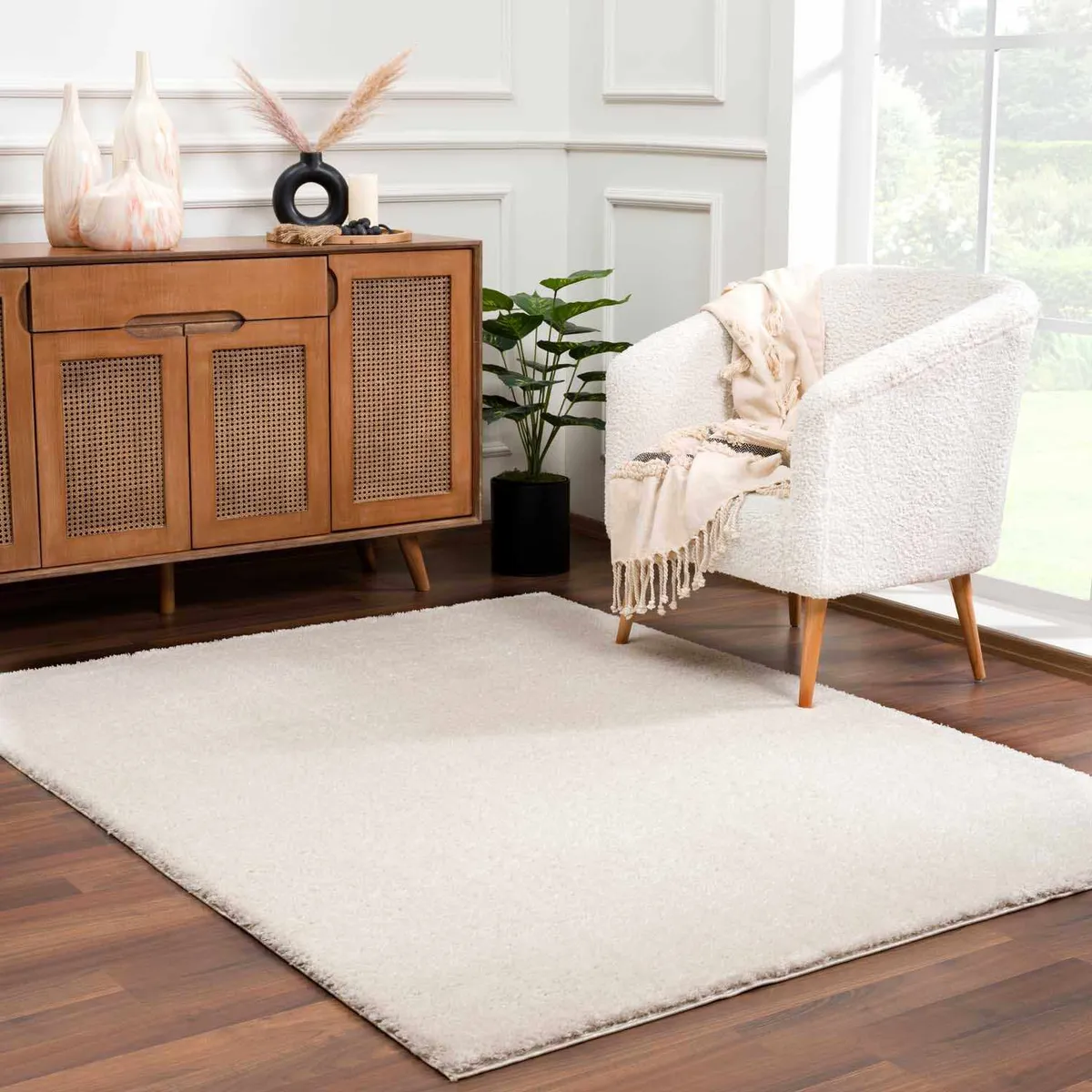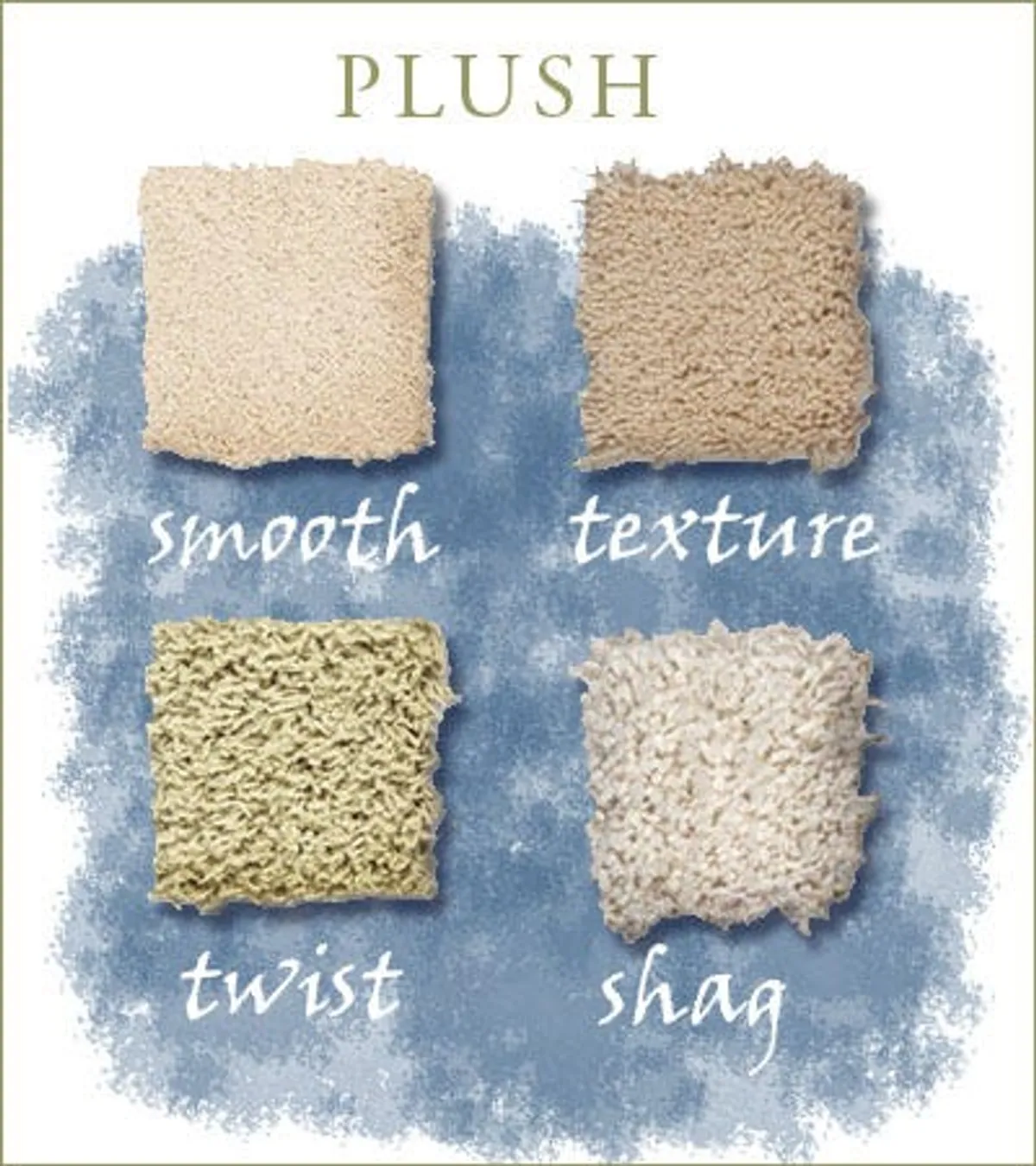how to choose the perfect carpet - analyzing frieze and plush for each space
When I was choosing carpet for my home, I thought it would be as simple as picking a color and texture I liked. But the deeper I got into it, the more I realized that different rooms demand different types of carpet—especially when comparing frieze and plush. Each has its strengths, and choosing the wrong one can lead to regrets, extra maintenance, or even a total replacement.
After a few real-life trials (and a couple of mistakes), I learned how frieze and plush perform in specific rooms—and how to match the right carpet with the right purpose. In this article, I’ll break down my personal experience and insight room by room, so you don’t have to learn the hard way like I did.
1. Bedroom: Where Comfort Reigns Supreme
For me, the bedroom is a sanctuary—somewhere to relax, recharge, and feel cozy. That’s why plush carpet was the clear winner here. The texture is dense, soft, and luxurious underfoot. Every time I wake up and step onto it, I feel like I’m in a boutique hotel.
Plush carpets have a velvety appearance thanks to their short, densely packed fibers. They offer an even, smooth finish that’s ideal for low-traffic areas. If you value quiet, comfort, and warmth, plush is a perfect match.
However, there’s a downside I didn’t expect at first: plush shows footprints and vacuum lines. It’s not a huge deal in a bedroom since traffic is light, but if you’re detail-oriented or hate seeing those marks, it might annoy you.
Despite this, I’ve never regretted choosing plush for the bedrooms. It adds that luxurious touch that makes winding down after a long day even more enjoyable.

2. Hallways and Stairs: Built for Durability
One of the earliest mistakes I made was installing plush on my staircase. It looked beautiful at first, but it didn’t take long before the wear started to show. The pile flattened, and dirt marks became more noticeable. That’s when I switched to frieze carpet—and the difference was night and day.
Frieze is made from tightly twisted fibers that create a slightly curled texture. This design makes it incredibly good at hiding dirt, footprints, and vacuum lines, which is exactly what high-traffic areas need.
In hallways and stairs—places that get walked on dozens of times a day—frieze is much more forgiving. It resists matting and keeps its structure, even under heavy foot traffic. And let’s be honest: if you have pets or kids running around like I do, you’ll appreciate how frieze disguises minor messes.
While plush might offer a more formal, elegant look, frieze gives me peace of mind. It’s casual, comfortable, and a lot more practical in these areas. I wish I had known this earlier.
During my Frieze and Plush Carpet Comparison, I realized that what looks good on a showroom floor doesn’t always work in real life. Frieze won me over with its low-maintenance and long-lasting performance.
3. Living Room: Striking a Balance
The living room is one of those hybrid spaces. It’s where I entertain guests, lounge with my family, or sometimes even work from the couch. I needed something that could handle traffic but still feel soft and inviting.
This was probably the hardest decision. Plush looked elegant and upscale. Frieze was resilient and easy to care for. After some back and forth—and several carpet samples—I chose a medium-density frieze with a subtle sheen.
This gave me the best of both worlds. It had enough softness to feel comfortable but enough texture to stay durable. Plus, it disguised the occasional spill or footprint, which is inevitable in a busy space.
Looking back, I’m glad I leaned toward function over form in this case. A plush carpet might have looked stunning, but it would’ve aged faster under constant use.
4. Home Office: What Matters More—Looks or Longevity?
My home office is where I spend hours each day, typing, video conferencing, and occasionally pacing while brainstorming. For a space like this, the carpet needs to be comfortable but functional.
In one of my previous homes, I had plush carpet in the office. It felt amazing underfoot, but my rolling chair left deep grooves, and the pile flattened over time. Now, I use a frieze carpet layered with a chair mat—it’s much more practical.
That said, if you don’t use a rolling chair, plush might still work well in an office. It depends on how much movement and pressure the carpet will endure.
The key lesson I learned here is that ergonomics and practicality should lead the decision, especially in rooms where furniture gets frequent use.
=>>> Are you unsure whether to choose a Frieze or Plush carpet for your space? Find out more about the difference between these two types of carpets to make the best decision.
5. Children's Room or Play Area: Frieze Is the Winner
In any space designed for kids—whether it’s a playroom or their bedroom—durability matters. I originally installed plush in my child’s bedroom because I thought the softness would be better for comfort and naps.
It worked well for a few months… until crayons, juice, and toy wheels left permanent impressions and stains that plush just couldn’t hide. I replaced it with frieze, and I haven’t looked back.
Frieze’s textured look hides dirt and wear extremely well. It also holds up to playful jumping, crawling, and dragging toys across the room. Cleanup is easier, and the carpet still looks fresh even after a full year of daily chaos.

6. Guest Room: Plush Makes a Statement
If you’re like me, you want your guest room to feel welcoming and a bit luxurious—even if it doesn’t get used often. This is where plush shines again.
I chose a soft beige plush carpet for the guest room, and everyone who’s stayed over has commented on how nice it feels. It adds elegance without requiring too much upkeep, since guests only stay occasionally.
In rooms that don’t get much use but where you want to impress, plush is definitely the right call.
=>>> What is the difference between Frieze and Plush carpets? Read the article from KATAmats now to get a clearer understanding.
Key Takeaways: Matching Carpet Type to Function
Through trial, error, and a bit of research, here’s what I’ve learned about where frieze and plush carpets perform best:
- Plush carpet is best for:
- Bedrooms
- Guest rooms
- Quiet, low-traffic areas
- Frieze carpet is ideal for:
- Stairs and hallways
- Living rooms
- Playrooms and high-traffic zones
- Home offices (especially with chair mats)
Understanding the characteristics of each carpet type helps you avoid costly mistakes. It’s not just about color or feel—it’s about how the carpet will live with you.
Final Thoughts: The Carpet Reflects the Lifestyle
Choosing the perfect carpet isn’t about finding a one-size-fits-all solution. It’s about analyzing how each room functions and matching the carpet to the demands of that space.
In my experience, frieze offers the resilience I need in most areas of the house, while plush delivers the comfort and style I want in my personal and guest spaces. By thinking room by room, I’ve created a home that feels cohesive, cozy, and functional.
If you’re deciding between these two popular types, take the time to walk barefoot on samples, imagine your daily routines, and think long-term. The right carpet choice will not only elevate your interior design but also support your lifestyle in ways you may not expect.